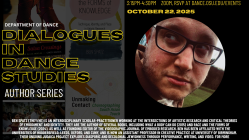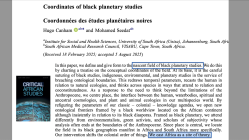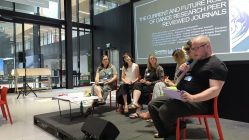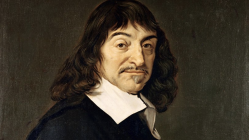I have been showing versions of this edited montage for the past five years. These four videos document not just highly skilled embodied practice but more precisely embodied research: practices that produce new technique. The ‘objects’ in question are modern postural yoga, aikido, dance/movement therapy, and the plastiques. These epistemic objects did not predate the practices and practitioners shown here, but they have lasted beyond them: Of these four pioneering embodied researchers, only Adler is alive today, but the technique they invented/discovered is still available and taught more or less widely.
The four videos repeat on a staggered loop, offering a series of fascinating juxtapositions. We can look at them from a variety of angles, noting the two historical periods they represent and their diverse approaches to gender, age, nation, and ability; as well as breath, alignment, rhythm, facial expression, martial potential, and other variables. In the context of this blog, perhaps the most interesting perspective is the historical: These are some of the oldest videographic documents of embodied research we have. I believe they suggest a broader historical and geographical context in relation to which the videos on this blog might be understood. In this montage, I read from Karin Knorr Cetina’s groundbreaking essay on epistemic objects.
The everyday viewpoint, it would seem, looks at objects from the outside as one would look at tools or goods that are ready to hand or to be traded further. These objects have the character of closed boxes. In contrast, objects of knowledge appear to have the capacity to unfold indefinitely. They are more like open drawers filled with folders extending indefinitely into the depth of a dark closet…
Text from “Objectual practice” by Karin Knorr Cetina (2001).
Reading and video montage by Ben Spatz.
Video channels:
1) modern postural yoga, Tirumalai Krishnamacharya (India, 1938).
2) aikido, Morihei Ueshiba (Japan, 1935).
3) dance/movement therapy, Janet Adler (United States, 1968).
4) the plastiques, Ryzard Cieslak (Poland, 1972).
The four videos can be found online.
For Adler, “Looking for Me”, see adta.org.
For Cieslak, “Training in Grotowski’s Laboratorium”, see odinteatret.dk.
This post was first published on Theatre, Dance and Performance Training.







[…] me point to some hidden histories of the relationship between video and embodiment. I put this montage up, which I’ve been using for many years to point towards the field of embodied practice and […]
[…] ‘Epistemic Objects: Four Channels‘ (9:32) is a four-channel looping video installation showing historical examples of embodied […]